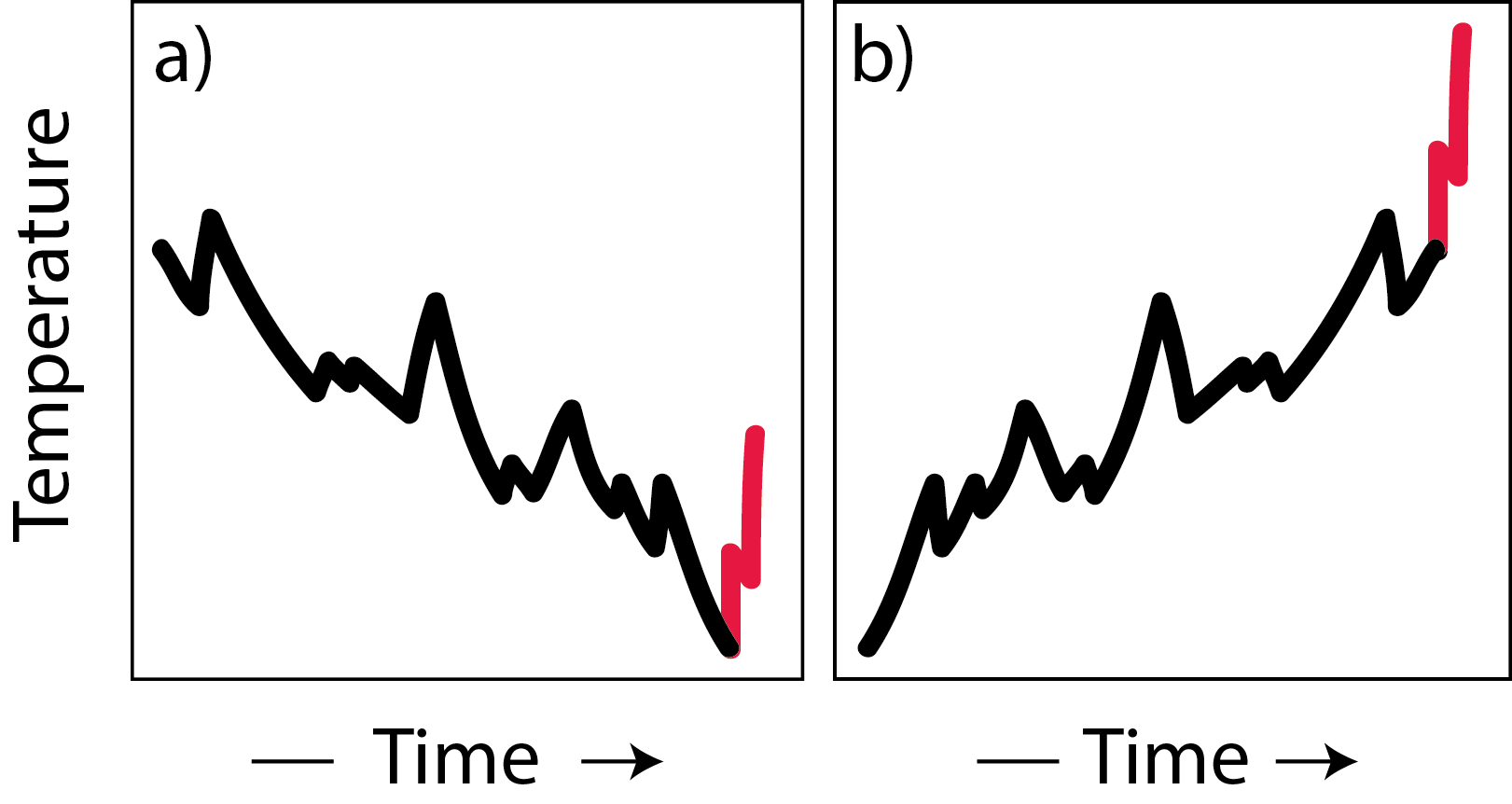PastKey: Evolutionary and environmental history explaining temperature related extinctions in marine biota
PI: M. Steinbauer
The rich information on past extinctions provided by the fossil record is a key for understanding biotic responses to climate-related stresses. With recent acceleration in climate changes and rising concerns that a wave of marine extinctions may be imminent, such information on expected future threats is more important than ever. Paleontological and evolutionary studies indicate that the evolutionary history of taxa is important for predicting their fate when facing climate-related stresses. This intrinsic extinction risk is likely dependent on the long-term climatic context. More extinctions are expected from a temperature increase that adds to a previous geologically long period of warming than a similar warming event following a previous cooling period. Niche conservatism predicts that climatic changes are worse for species facing conditions increasingly different from the climate context of their ancestors. We thus hypothesize that temperature change interacts with long-term temperature trends when causing temperature-related extinctions. The temporal dimension of this signal from the past is expected to be lineage dependent but nonstochastic and can thus be used for predicting climate change effects on extant species. To test this hypothesis, survival and extinction of genera will be estimated from fossil occurrences available in the Paleobiology Database as well as other data sources. In a temporally continuous analysis, generalized linear mixed effects models with binomial family error will be implemented to explain survival and extinction by temperature changes interacting with long-term temperature trends and ancestral temperature niches. The approach has the advantage that it neither depends on a perfect fossil record nor on continuously reconstructed phylogenies and is thus highly suitable for the imperfect nature of deep-time biotic data. If funded, this project will quantify how evolutionary history can be used for predicting biotic responses to climate-related stresses and how this phylogenetic signal differs between taxonomic groups. Tracking species occurrence though time using the fossil record provides the unique opportunity to study the interaction between climate change, past climate trends and the phylogenetic history of species on extinction risk, while approaching this crucial question only with extant data is impossible. Results may have far reaching consequences for currently implemented paleontological models which evaluate the intrinsic risk of current warming to modern marine biota with models calibrated during the opposing long-term cooling trend of the last million years. A similar temperature increase (red) is expected to differ in its effect on biota in dependence if it follows after a period of long-term cooling (a) or warming (b). Such interactions influence the reliable use of the fossil record for assessing extinction risk of extant species and may also help understanding why some temperature changes in the past were followed by extinctions, while others of similar magnitude had little effect.



Our Social Media
News